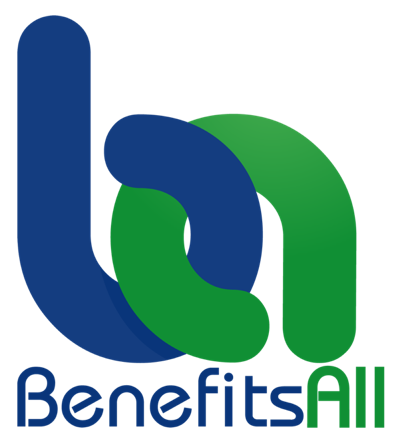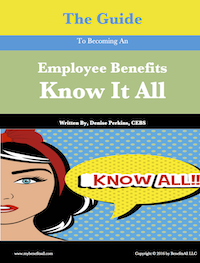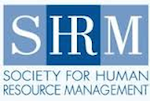Three Obstacles to a Successful Open Enrollment
September 23, 2014

Human Resources departments often view the annual benefits open enrollment period as one of their biggest moments. Those responsible for administering the employee benefits program are rocks stars for two to six weeks. Each year they put out their clear as mud greatest hits of benefits options. And like all bad rock stars they think they gave it their all and that their gig was the bomb.
The reality is they have a lot of obstacles to overcome to just get their show on the road.
Three Open Enrollment Obstacles: Time, Cost, and Communication
The renewal period typically occurs late in the plan year and employers have to compete for the attention of their insurance reps that are trying to service all of their employer clients at once. Additionally, both employers and insurers want to include as much of the current year's claims data in the renewal quote as possible. The more data included in the quote, the more valid and reliable the cost and premium projections. All of this waiting and back and forth negotiating limits the time HR has to prepare for and hold the open enrollment period.
Cost: Cost is always an obstacle in any negotiation—one side wants to keep it low and the other wants to make sure they make a profit. Because there is no definitive way of knowing what the coming claims year will look like, employers don’t put too much faith in insurance underwriting and want to negotiate premium cost based on their budget. There is just so much price increase they are willing and able to absorb. Conversely, insurance companies place a lot of faith in their underwriting procedures and want to stick as closely to the original premium quote as possible. In the end, few employers have enough clout or expertise to reduce the original insurance quote by more than a percentage or two.
Now comes the difficult task of deciding how much the employer will pay and how much employees will pay. These decisions must occur before preparing any open enrollment communications.
Communication: How much more to say about the ineffectiveness of employee benefits communication?
We know that a lot has to happen before open enrollment before communicating new plan rates and plan options to employees. We also know that the time before open enrollment is unknown and irrelevant to employees because they have no say over the available health plans or their cost. The only thing that is relevant to employees is can they understand their open enrollment options and make effective decisions based on the information provided to them.
Note to employers and benefits pros: You already have a procedure for renewing your benefit plans and divvying up costs, how about creating a real open enrollment communications plan to go along with it?
Next Blog Post: Open Enrollment Communications Plan 101
blog comments powered by Disqus


 Denise Perkins
Denise Perkins




